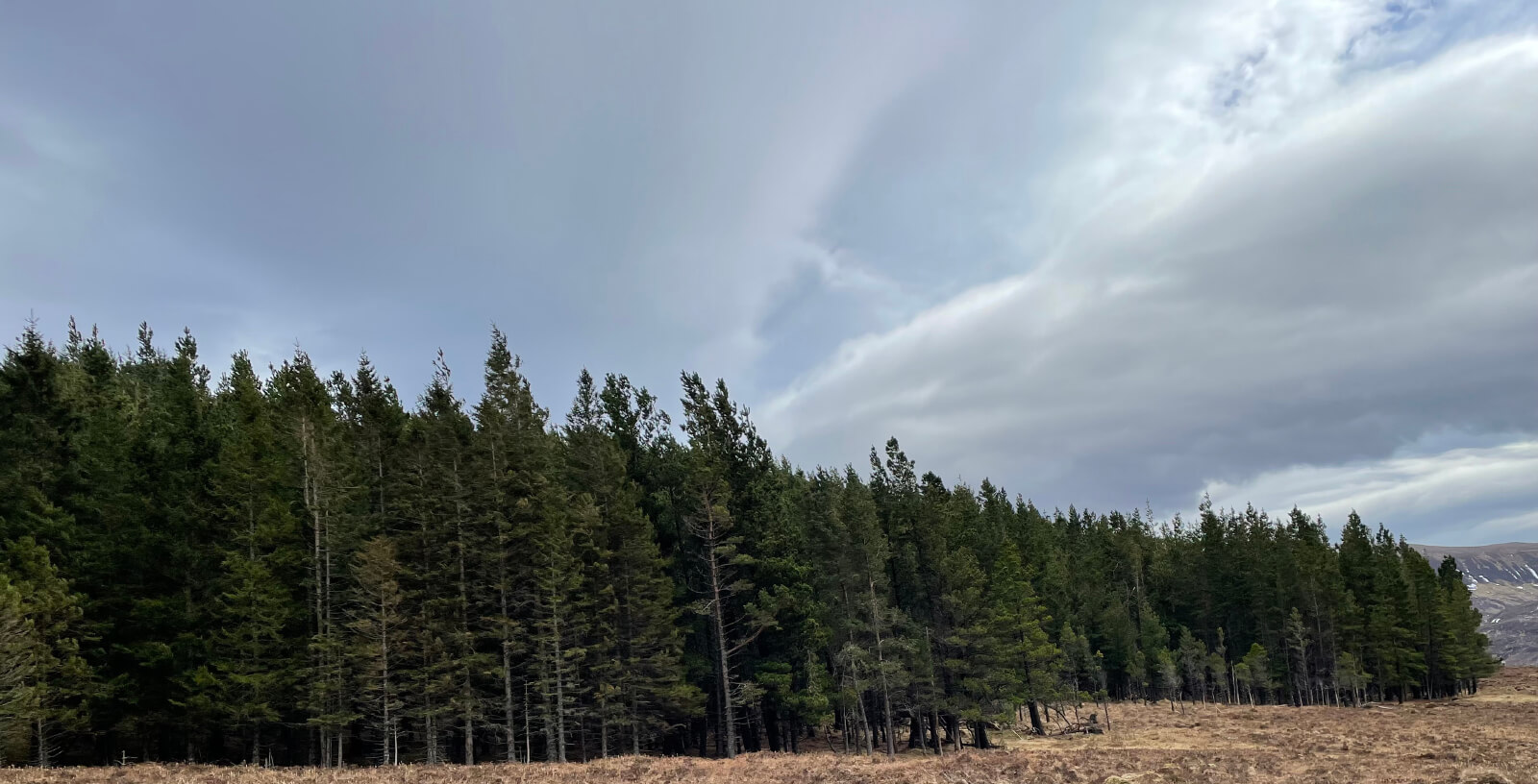
-contractors having to leave wounded animals-
Contracted wildlife managers are being forced to let injured deer die agonisingly in woods due to a policy from Scotland’s forestry body in the wake of the Hunting with Dogs Bill.
Deer managers, paid to control deer in public forests, are obligated to take with them a trained tracking dog in the event a deer may be injured and can’t be located during culling.
If an animal is not instantly killed, it can run off with serious injury into cover and can suffer a lingering death lasting many hours if not found and humanely dispatched.

Best practice training recognises that the use of a tracking dog to locate the wounded animal is the quickest method to minimise suffering, as deer managers can struggle to find the injured animal, especially in thick cover or darkness.
However, professional contractors are having to let wounded animals die in pain due to a policy position adopted by Forestry and Land Scotland (FLS) in response to the Hunting with Dogs Bill.
Passed by Parliament earlier this year, the legislation makes allowance for the use of a dog to track an injured deer, providing the dog is under control.
However, FLS has gone a bar higher with an in-house position stating deer managers should not use a tracking dog if they cannot guarantee it remains within their sight.
Now professional deer managers are reporting they are having to let injured deer go because a dog entering cover such as Clearfell, high grass or dense bracken could see them in contravention of FLS policy.

Several have contacted their representative body, The Scottish Gamekeepers Association (SGA), claiming the policy runs counter to their industry training and their respect for the welfare of animals.
The SGA has subsequently written to Minister Mairi McAllan, who introduced the Bill, to see whether the FLS policy is in keeping with the spirit of the legislation.
“We hope there will be some common sense, here, for animal welfare,” said SGA Chairman, Alex Hogg.
“The purpose of the Bill was to improve welfare aspects, not create new problems. If you are a professional and know your best practice, you are placed in an awful position if you can’t use your dog to catch up an injured deer because the dog might move beyond your sight. It’s cruel for the deer and it’s cruel for the deer manager having to watch suffering happen without being able to do the right thing.”

UKDTR, a UK-wide organisation which trains people to use tracking dogs for injured deer, acknowledges there are certain circumstances where dogs must be allowed to track away from the handler.
“It will not arise often but there are certain circumstances when the dog must be released, to track,” said Gareth Clarke, Secretary.
“If you have thick forestry and you have a red Stag with a swinging leg, it could run on for hundreds of yards and beyond. In that circumstance, you may need to let the dog go, for the welfare of the deer because it is the quickest and best way for that animal to be located and dispatched in a way which minimises its suffering.”
On most occasions handlers will be able to pick up vocalisation and other signals from the dog.
Some fit GPS units to a tracking dog so locational details are sent in real time, if the dog moves in and out of sight through cover.